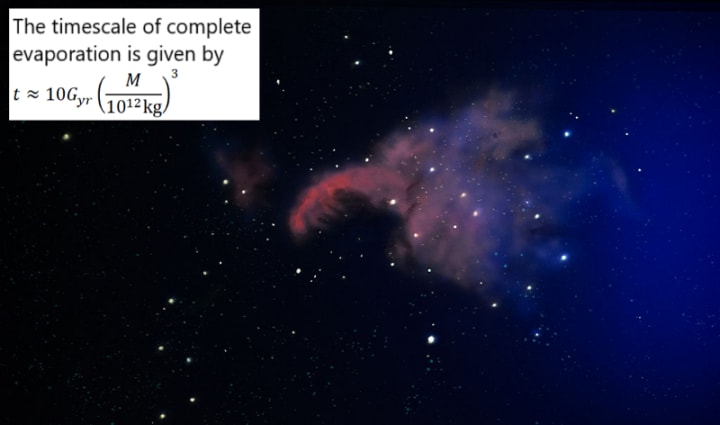One of the great ironies of Stephen Hawking’s death was that fact that his most revolutionary contribution to science, Hawking radiation, suggests that nothing in our universe can last forever.
Before Hawking’s breakthrough, black holes were considered to be the endpoint of the lifetime of cosmological bodies like stars. When a massive enough star ceases nuclear fusion, it is subject to a huge gravitational collapse—once believed to signal the end of any form of radiative activity.
The event horizon of the black hole was positioned as the universe’s ultimate ‘point of no return,’ with not even light fast enough to meet the escape velocity required to avoid its grip.
We now know that the environment around black holes, especially those in binary systems, is seething with violent events, such as the creation of gamma bursts exploding from accretion discs formed from material being ripped apart as it falls into the black hole. But the central object, the black hole itself, remained almost monolithic, only growing. Never shrinking, perhaps even eternal.
In a 1974 letter entitled "Black Hole Explosions?" published in Nature (above), a young Hawking proposed that quantum effects—usually ignored in the formalism of black hole physics—could become significant in deteriorating mass over a period of approximately10¹⁷ s.

As the mass of the black hole reduced, the effect of these quantum phenomena would increase leading to a more rapid deterioration. For small black holes, formed by fluctuations in the early universe, this may lead to evaporation, possibly even followed by a small explosion
The leaking of energy/mass in this way was to become known as 'Hawking Radiation.'

The key to understanding the gradual loss of mass from black holes, leading them to evaporate, requires we first examine one of the most extraordinary findings of quantum physics, the creation of virtual particles—particles that literally appear from the vacuum of space itself.
Please follow the below links for previous chapters :-
Chapter 1 - Revealing the secrets of Black Hole
Chapter 2 - Observational history of Black Holes
Chapter 3 - If falling into a Black Hole
Chapter 4 - Death by spaghettification of Black Hole
Chapter 5 - Mystery of Monster Black Holes
Chapter 6 - Crossing a wormhole : Reality Or Science fiction
Chapter 7 - Unveiling the Secrets of Biggest Black Hole
Chapter 8 - Gravity Grasp - Exploring Time Dilation Near Black Holes
Chapter 9 - Formation and Evolution of Black Hole
Chapter 10 - Orgin of universe : An Overview of Big Bang